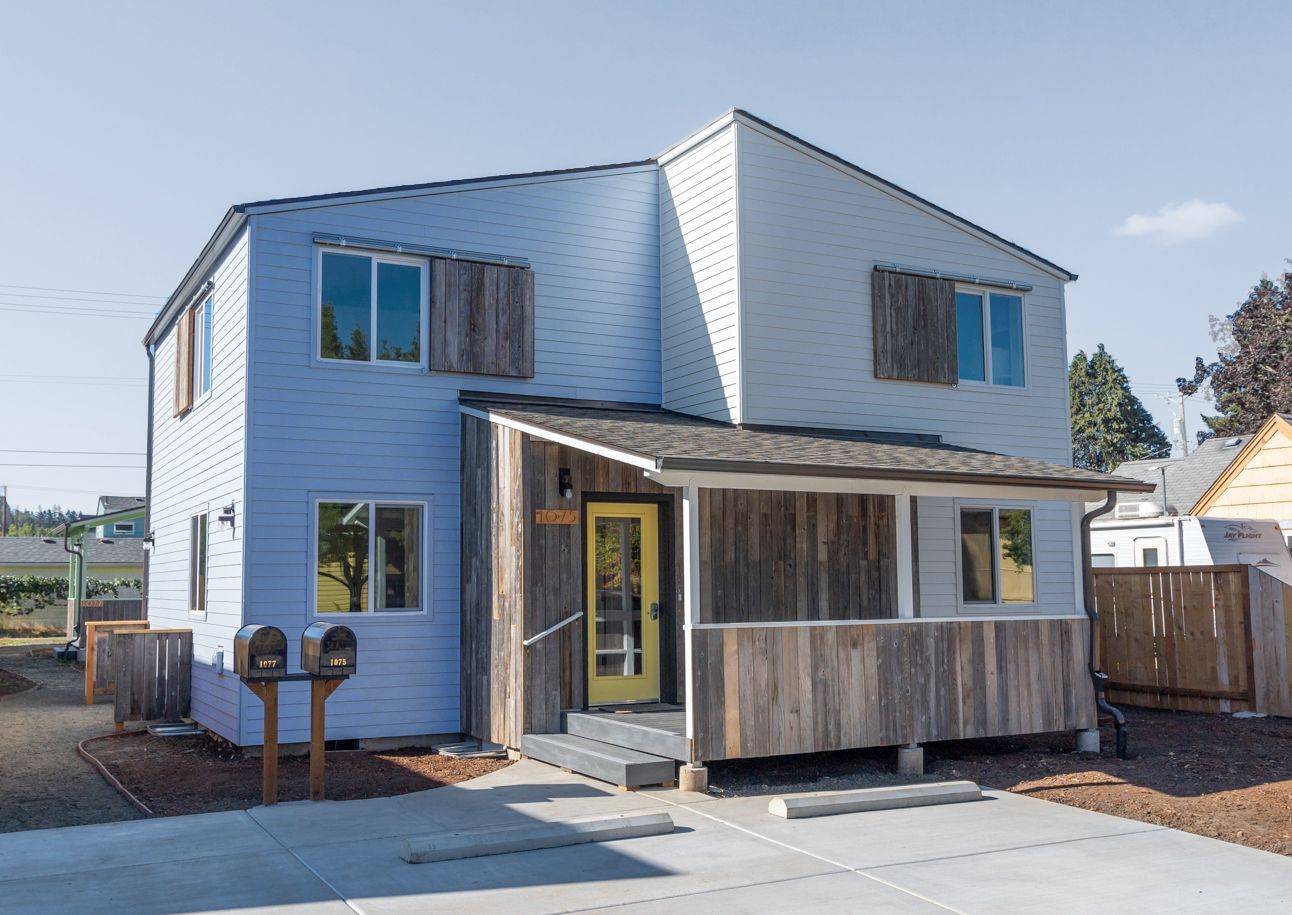Embracing Middle Housing in Oregon for a More Sustainable and Equitable Future
Embracing Middle Housing in Oregon for a More Sustainable and Equitable Future

Over the past few decades, Oregon’s housing situation has become dire. In 2018, Eugene, Oregon had the second most constrained housing market in the country. The median home price as of 2023 has risen to over $450,000—more than 1.5 times what a median income family can afford.
42% of households in Lane County don’t earn enough to keep pace with the basic cost of living. Renters and aspiring first-time homebuyers have increasingly faced housing instability and displacement. By contrast, existing homeowners have benefited from rapidly appreciating home values and from the mortgage interest tax deduction—Oregon’s largest housing subsidy.

In order to combat Oregon’s housing (and social equity) crisis, it is critical to build more homes—especially smaller, more affordable homes that are a better match for today’s smaller households. The 2022 Oregon Housing Needs Analysis found that we need to be building about 50% more homes per year than we have in recent years. This gap will only grow if we do not take decisive action.
Middle housing, an inclusive approach to residential development, offers new opportunities to make housing and homeownership more affordable in our communities. It also presents a compelling means to address the systematic inequity that has plagued our communities since the onset of single-family zoning and contribute to a more environmentally and socially sustainable future. We’ve prepared a three-part series of articles in order to help community members and other small, local developers understand the topic. Proposals for new development are often met with opposition from existing homeowners. We’ve attempted to address some common concerns and place them in the broader context of neighborhood and community.

What is Middle Housing?
Middle housing refers to a range of housing types that fall between detached single-family homes and multistory apartment buildings. These include duplexes, triplexes, fourplexes, townhouses, and cottage clusters. In 2022, Oregon took a transformative step in re-legalizing the development of middle housing statewide.
Click to read our full article on “What is Middle Housing, and Why Does It Matter?”

What are the Benefits of Middle Housing?
Middle housing offers numerous benefits. We will focus on three:
- Middle housing helps to address Oregon’s mounting housing crisis.
- Middle housing bolsters homeownership access.
- Middle housing improves walkability and sustainability.
Click to read our full article on “What are the Benefits of Middle Housing?”

Addressing Concerns about Middle Housing
The concerns that existing homeowners raise around the construction of new middle housing typically fall into two categories: concerns about increased housing density and concerns about decreased parking availability. These are important concerns and they should be considered in the context of our housing crisis. We’ll be diving further into this topic in a future article.

